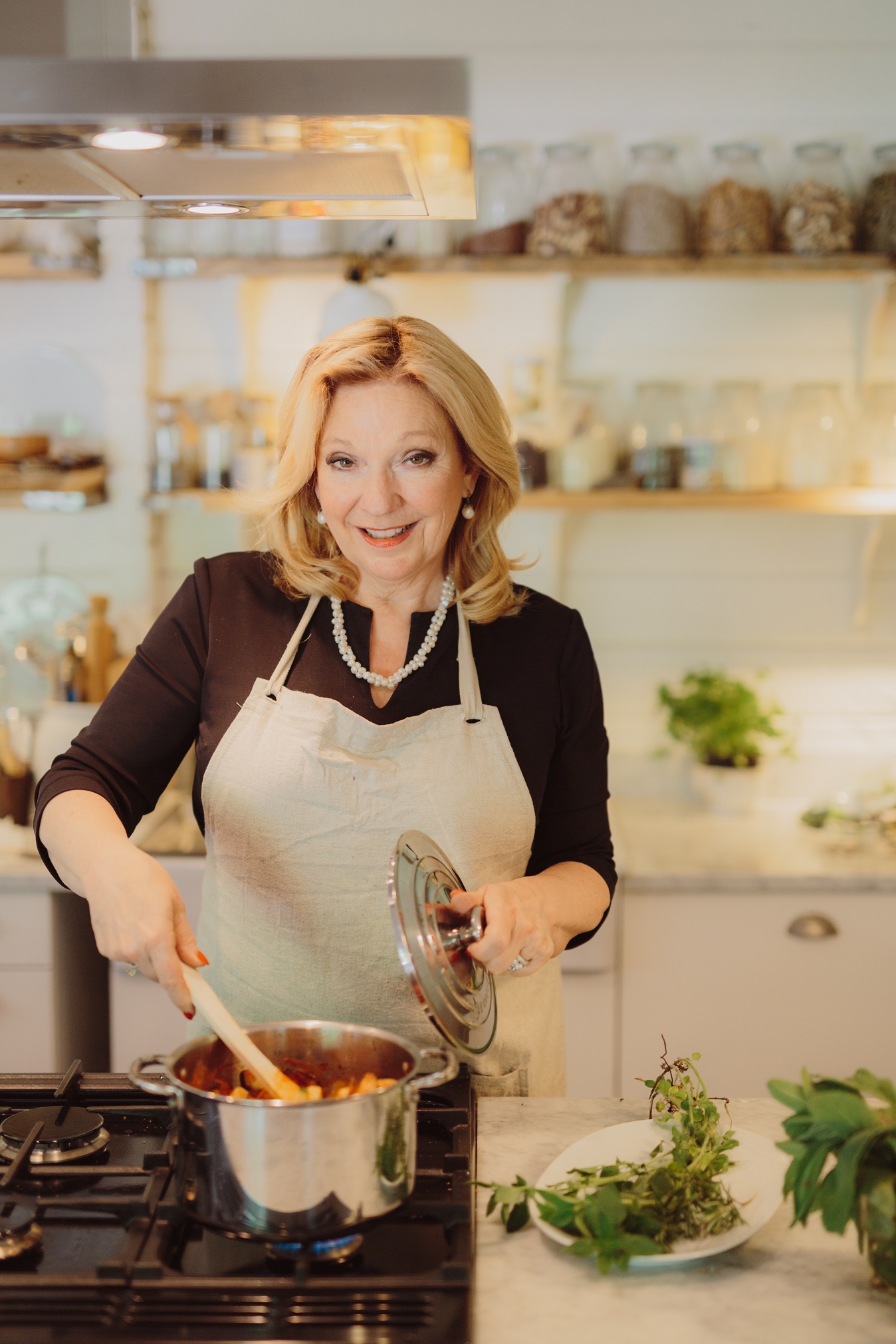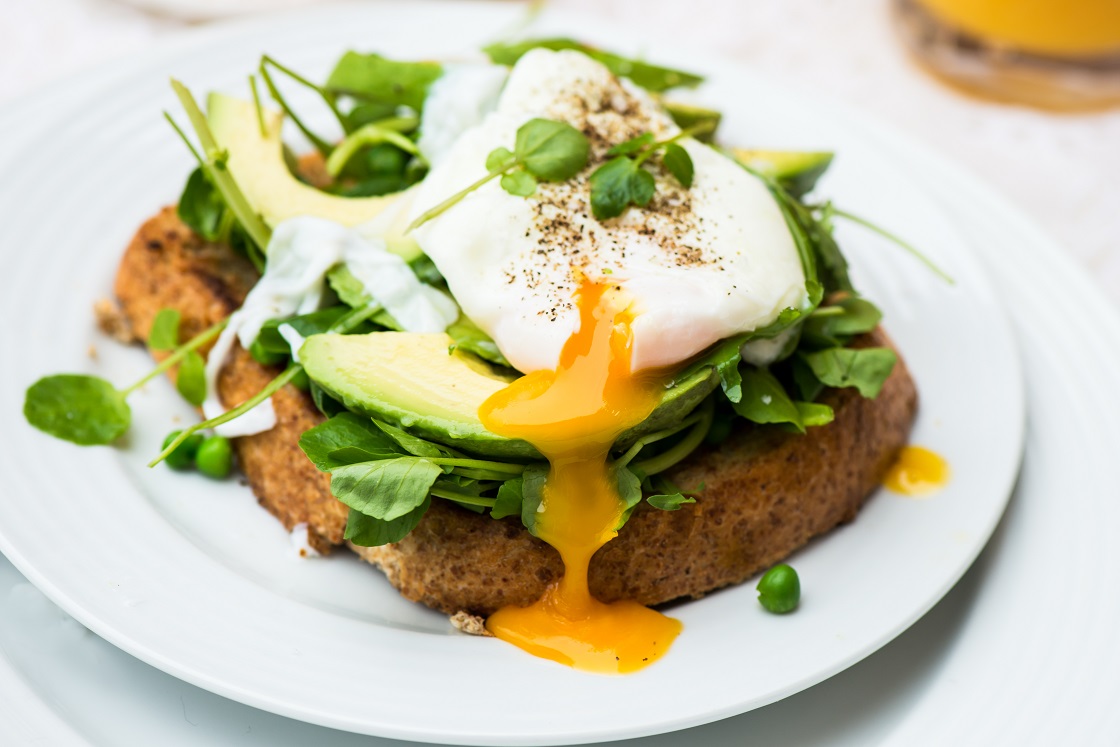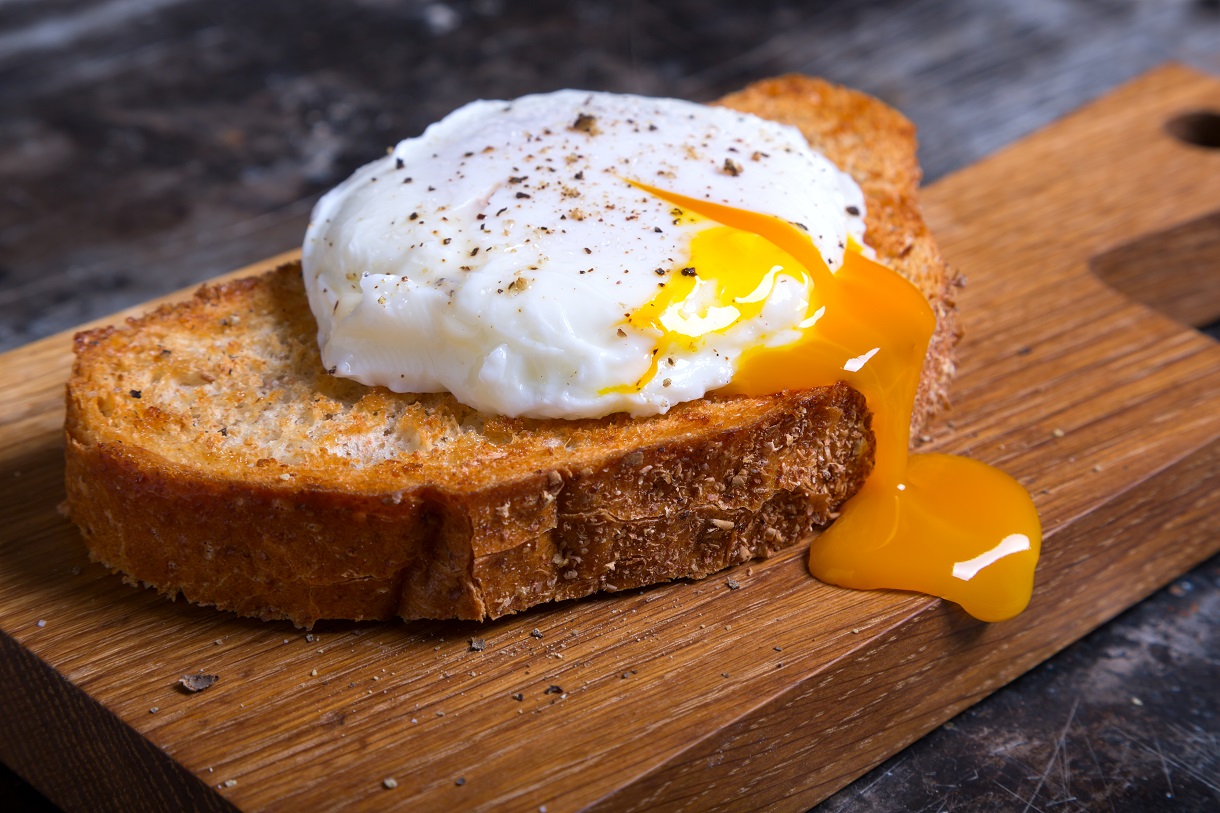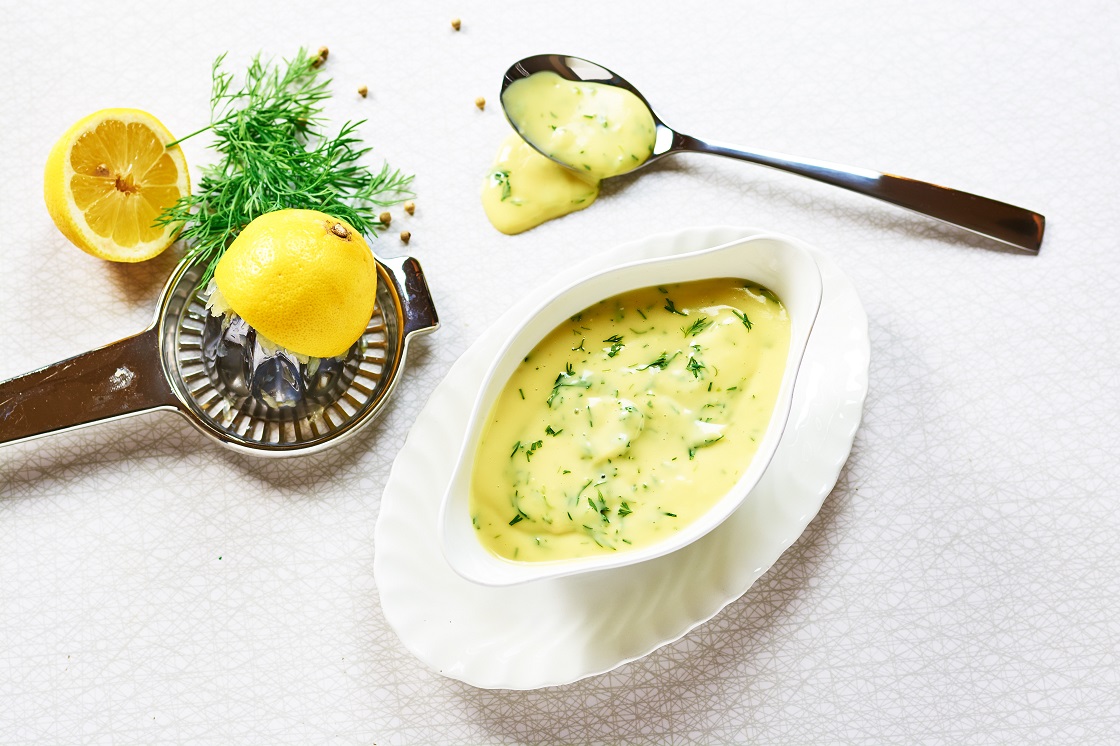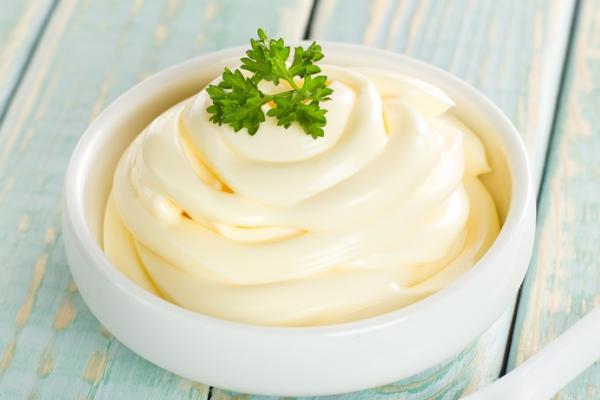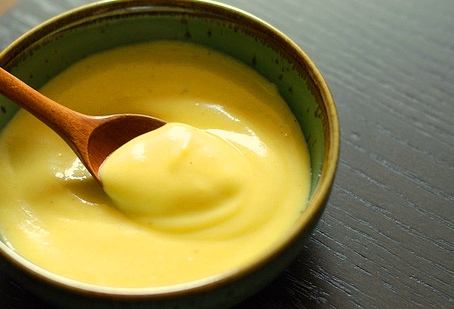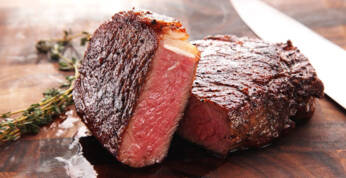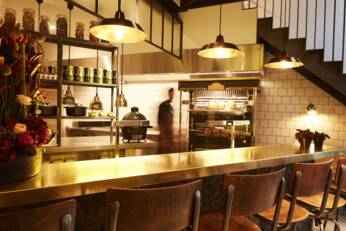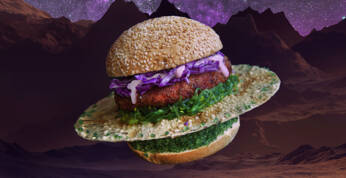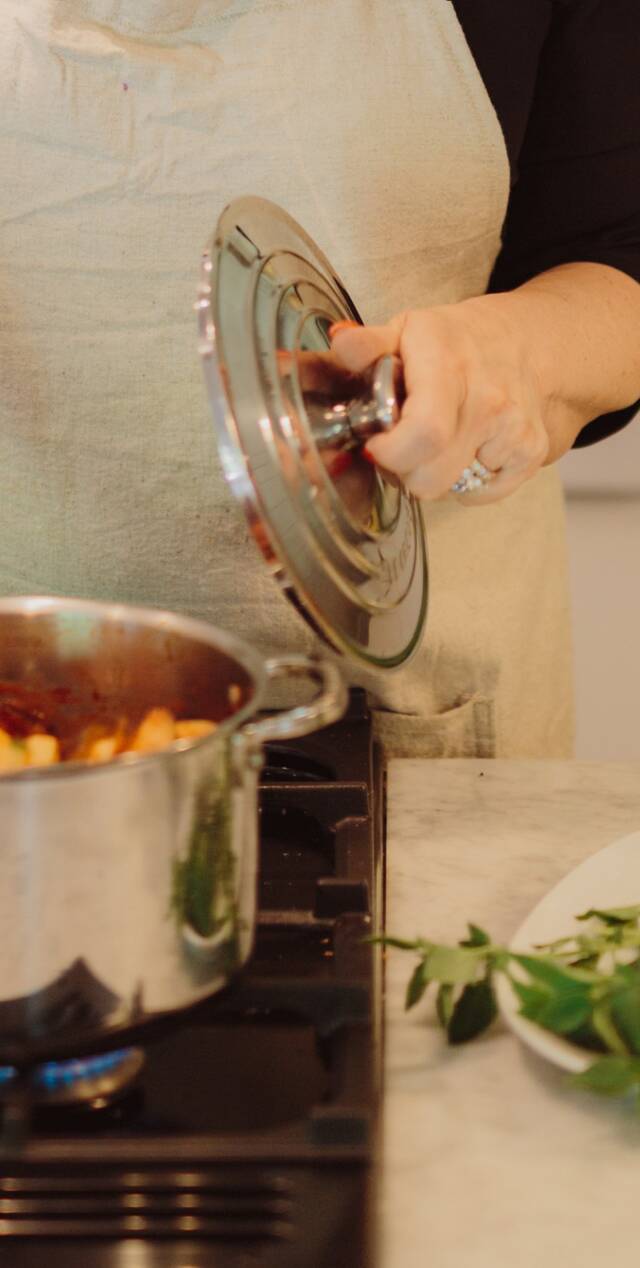
A passion for cooking

Janny van der Heijden
You know what you are eating if you make it yourself
Cooking is more than just preparing a meal. It’s about taking pleasure in it, about choosing the ingredients, and thinking carefully about what fits the season, the time, what people fancy, or the mood. Who you are cooking for is also important: for yourself, a lover, your family or a group of friends. It’s pleasurable to think about this and look for something delicious. Heating up a ready meal deprives you of this pleasure. And although it is true that we all sometimes resort to junk food or heat up a ready meal from the supermarket, cooking really shouldn’t be seen as a burden, but rather as something pleasing and relaxing. It should give you pleasure and fill you with passion.
Cooking, a gift to yourself
Cooking for yourself increases your awareness of many things. You really know what you are eating if you make it yourself. You know what you are adding, and can attune it to your own tastes. You can choose the quality of your ingredients, how much time you want or can spend on cooking, or how much money. Research shows that doing your own cooking is more important to your well-being than the number of calories you eat or the ingredients you choose.
People who cook for themselves often have a more conscious lifestyle and are generally more energetic. Why is that? The ready meal industry adds a lot more salt, sugar and fat to their meals than you ever would yourself. They do so not just because these ingredients are cheaper, but also in order to ensure we want more of them. They work by making you crave more, which is definitely not a good thing. In addition, eating junk and fast food is easier and you do it more often because you don’t need to do any work. It’s everywhere and always right at your fingertips.
I really believe that cooking is a gift to yourself. OK, not everyone will immediately become a master chef, or even want to be one, but absolutely anyone can learn to cook and have fun doing so.
An egg, some courage and a little knowledge
A good example of this is a simple egg. When you cook an egg for a slightly longer or slightly shorter time, the difference in taste and texture is very clear. One minute’s difference will be noticed by everyone, but even letting the water boil harder, or keeping the temperature at an even 70 or 80°C, will result in a completely different taste. You can simply sprinkle a boiled egg with salt, with a mixture of salt and sesame, or a mixture of spices like za’atar.
The same egg will taste different, and evoke different associations every time. So not only how you cook something, but also what you add to it after cooking, will result in a very different taste experience.
If you poach the same egg in water without the shell, the structure and taste will again be totally different. You will experience a poached egg on simple lettuce leaves with a vinaigrette dressing, or on a toasted sandwich or smoked salmon, very differently from an ordinary boiled egg with the same ingredients. And that poached egg with a sour vinaigrette will taste different again from the taste you get if you eat it with a little oily, salty fish. And a spoonful of warm hollandaise sauce over the same simple soft poached egg is absolutely divine.
Indeed, hollandaise sauce is also made from an egg. Eggs, or rather egg yolks, possess an ability to blend with fat (butter in this case) and something acid, and join together into a beautiful, smooth marriage. But a little acid (vinegar) will be required. Which will give you a light, full-flavoured creamy sauce, based on vinegar, fluid egg yolks and warm butter alone. In principle, making mayonnaise with oil works in the same way. (Incidentally, both can be prepared very easily with the help of only a mixer or blender.)
But the possibilities do not end there. In addition to cooking, poaching, and making sauces with eggs, you can fry them in a pan, and you can bake with them too. In fact, eggs are virtually indispensable in many baked goods. Eggs add colour, taste and texture. Eggs ensure that pastry is light, that it rises and that it tastes soft. But there’s also something striking about the shine and colour it produces when brushed over something in the oven.
Why this complicated story about eggs? To show you that numerous dishes can be made with a single ingredient! You certainly don’t have to limit yourself to one method of preparing an ingredient. You can do a lot more with products than you might think. Learn to diversify. Try out different possibilities. Try to make connections. All you need is a little courage and some knowledge. Start with the basics and build up your knowledge and experience from there. Experiment with temperatures and different combinations. The only thing that really matters is whether you like the result.
Once you start enjoying cooking, you’ll also start enjoying all the little differences. For example, you might find yourself preferring one pot over another, or soon realise you prefer cooking with gas or electricity. You might also find out that your oven is capable of almost unlimited options, or exactly which appliances make cooking even more fun.
The famous French actor Gerard Depardieu, himself an enthusiastic amateur chef and connoisseur, once said: ‘Cooking isn’t difficult. Everyone has taste, even though he or she doesn't realise it. Even though you may never become a great chef, there is nothing stopping you from tasting the difference between tasty and not so tasty.’
Here’s a quick recipe for a superfast fool-proof mayonnaise and hollandaise:
Mayonnaise (blender)
Break an egg into the bowl of a blender, add a teaspoonful of mustard and 1-2 tablespoons of vinegar, and fill with about 200 ml of good oil. Put the blender on the base, turn on the power and turn up the speed very slowly. You’ll see a miraculous transformation taking place, from individual ingredients to a soft yellow creamy mayonnaise.
Hollandaise (blender)
Add 2 egg yolks to the bowl of a blender, and blend for about 45 seconds. Add about 1½ to 2 tablespoons of vinegar and mix briefly. With the blender on, pour in 100g of melted and warm (not hot) butter, without stopping the blender. Stop once you’ve created an airy cream. Season with salt and pepper.
.
Related Articles



